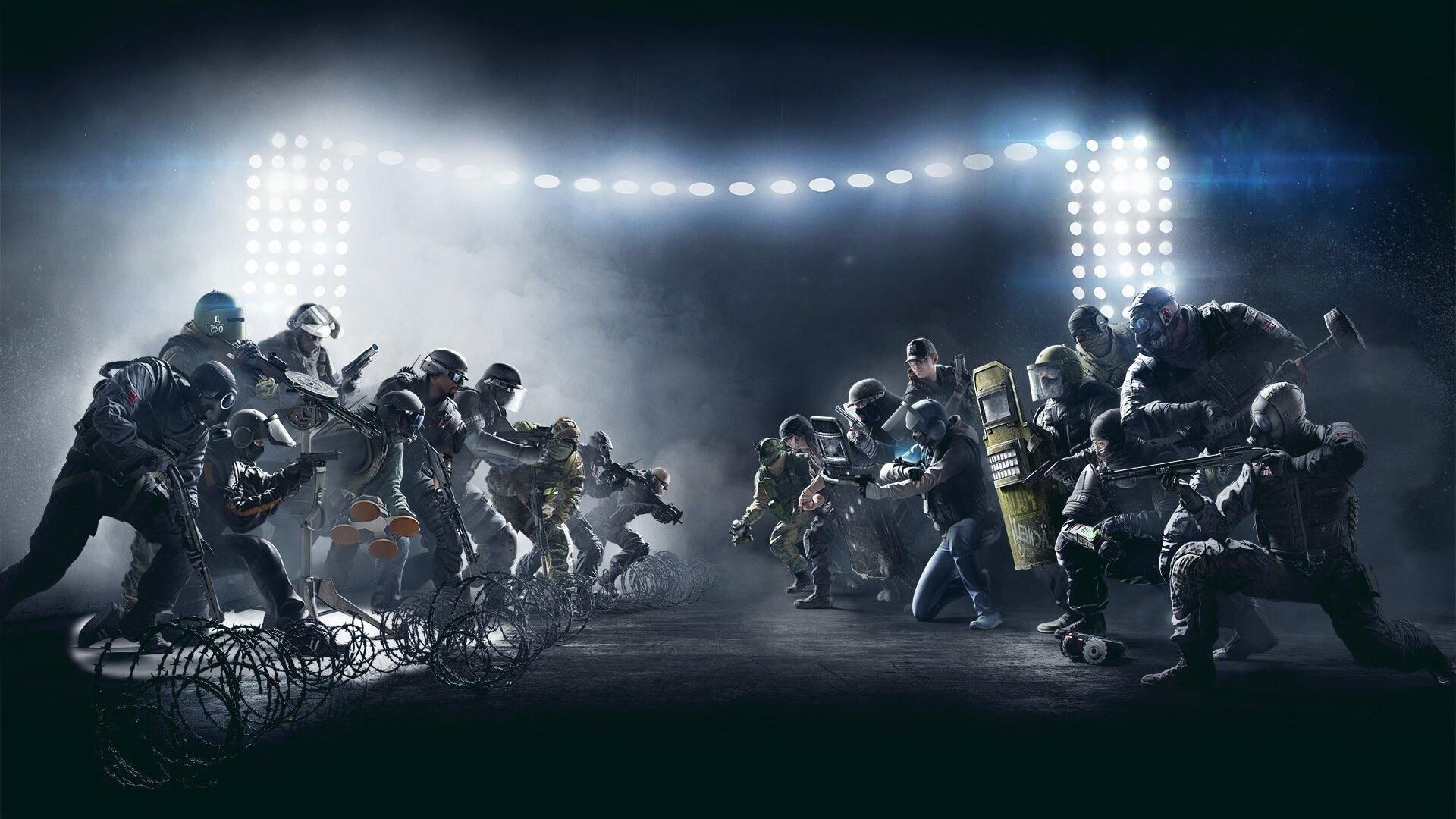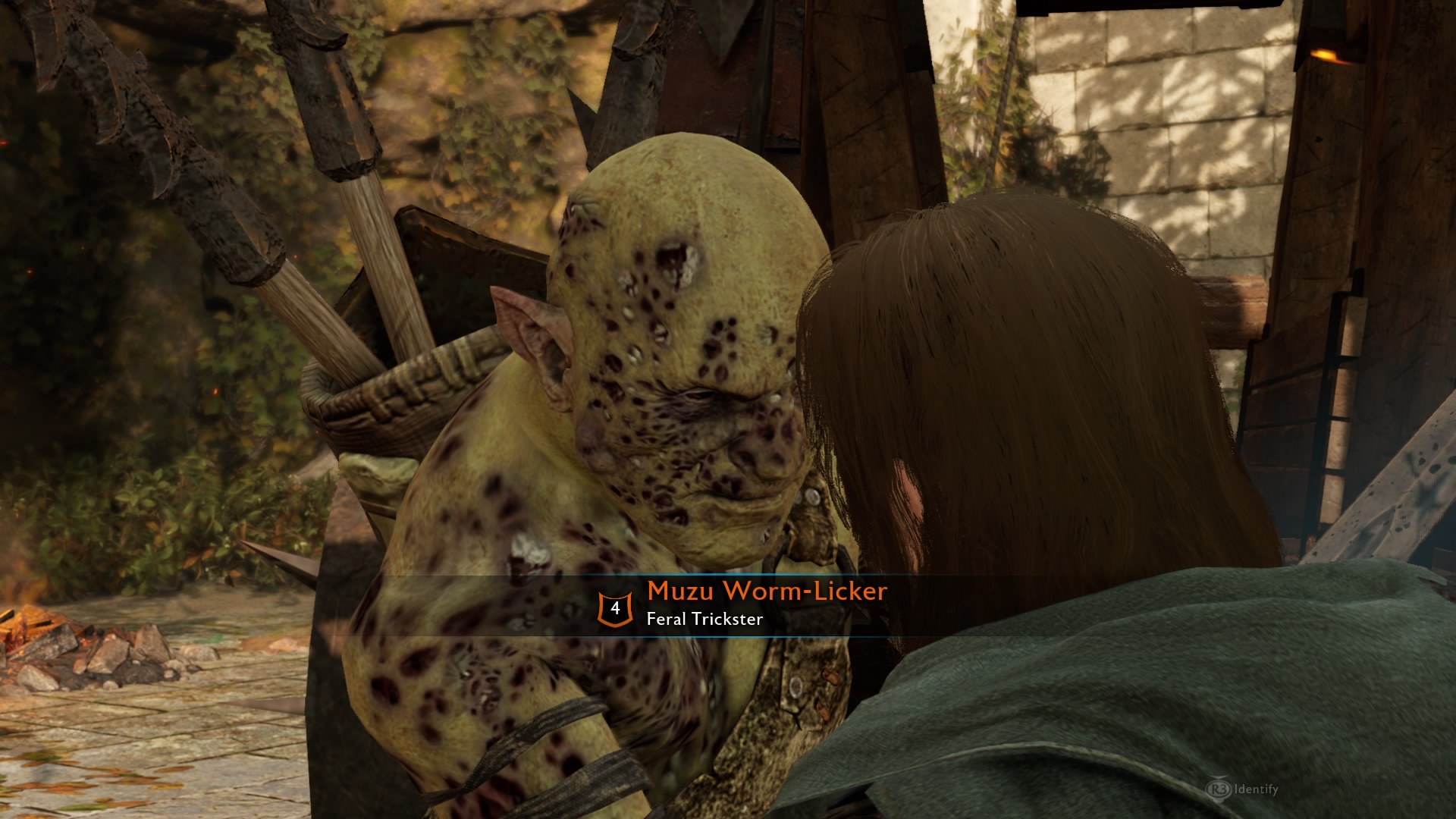The highs and lows of PC gaming in 2017

Wow, what a year it’s been for PC games. While consoles have busied themselves with incremental hardware upgrades dressed up as generational leaps, the world of overclocked gaming has seen genuine strides that have taken the industry forward in exciting new ways.
We’ve witnessed a new wave of CPUs transforming how we use our PCs and laptops going forward, and watched as PC game ports start to outweigh the bad with the good, but it’s not all been rosy.
Controversy always seems to find its way into the news and 2017 has been no different with its fair share of industry issues. It’s been quite the 12 months, so let’s run down the highs and the lows.

The highs: PUBG rules, shooter communities grow and Steam evolves
Even if you’re a novice gamer in the PC space - or simply a passive lover of Twitch and YouTube Gaming - there’s been one game that’s remained a year-long ‘flavour of the month’: PlayerUnknown’s Battlegrounds.
The Korean-developed title hasn’t even officially left Early Access yet and it’s accumulated one of the largest and fastest growing users bases with 20 million copies sold (that’s as many as most Call Of Duties pull in with lifetime sales).
It’s put the ‘battle royale’ setup on the map, effectively derailing the slow progress of DayZ and the painfully buggy performance of H1Z1’s King Of The Kill spin-off. Of course it inspired plenty of copycats (Ubisoft has attempted to pivot the middling Ghost Recon Wildlands with a PvP mode while Epic Games’ Fortnite continues to improve with its fort-building mechanics).
It’s even given streaming a boost, with plenty of Twitch streamers going high profile as a result of their focus on PUBG. With the likes of Dr Disrespect pulling in both massive subscriber numbers and industry awards, it’s been uplifting to see a game benefiting developers, players and streamers alike. Well, when the developer isn’t adding in camel toes to its female character models. Seriously, that was a developmental priority, guys?
Sign up for breaking news, reviews, opinion, top tech deals, and more.

It wasn’t just new titles on the shooty bang bang scene making noise, with 2017 proving a strong year for established titles continuing to perform. In an industry where consoles have helped foster an annual release cycle that’s robbing most franchises of a developing lasting communities within a single title, some publishers have placed their faith (and investment) in games designed to run for years with annual events and updates.
Overwatch reached a staggering 35 million active users in October, which is incredible for a team-based online shooter over a year into its life cycle, but then again, if anyone knows how to support a title for years on end it’s Blizzard. With its constant stream of themed events (and fan-appeasing costumes), Overwatch looks set to thrive for years to come.

Not every success in 2017 has been by design, with Rainbow Six Siege continuing to grow into one of the largest and most popular online communities.
As of August it’s been getting around 2.3 million new users a day. That’s an incredible amount of growth for a game first released two years ago this month. It’s now sitting around the 25 million mark (just ten million behind Overwatch, which is mindblowing in itself), and Ubisoft continues to support the game with new operators, events and even brand new modes. See, there’s life in the Tom Clancy licence yet.
2017 also saw Valve attempt to address some of Steam’s lingering issues, including many of its long-exploited features as it attempts to reassess the more toxic elements of its user base.

It launched Curator Connect in order to help developers connect (for want of a better word) with ‘curators’ (or established reviewers) so their games can get better exposure. It’s great to see Valve - which, after all, started out as a studio - empowering PC game developers.
It also made big changes to how it deals with user reviews, finally addressing the issue of ‘review bombing’ (where bots would flood a game’s user review section to, in most cases, adversely affect its rating and thus its ranking on Steam). With the platform being as embedded as it is in digital delivery, we want to see more of this from Valve in 2018 and beyond.
The lows: inconsistent ports, VR loses its hype and loot box fiascos
While we often try to stay away from tribalistic terms such as ‘superior’, the fact remains that being able to build your own machine makes PC the only place you can truly max out a game to its fullest potential. However, multiformat releases have often made PC feel like an afterthought as consoles receive primary focus over PC ports.
Huge gaps between console and port releases dates aren’t a thing of the past quite yet, but 2017 saw far more tentpole releases getting PC versions in line or soon after their closed box cousins.
More importantly, plenty of these ports have been strong such as Destiny 2 and Resident Evil 7. But there’s still far too many triple-A or big name titles getting inferior versions on PC.
Prey, a game that deservedly reviewed well elsewhere, was plagued with issues, ranging from save corruptions to severe game crashes. It took the shine off what should have been a clean sweep of positive coverage, but Bethesda took too long addressing these major issues and another PC was forever tarnished.

Nier: Automata was another port marred by schoolboy errors. Resolutions issues followed framerate crashes, which then followed audio files not loading properly.
These are just some of the problems Nier encountered at launch and seven months later many of them remain, seemingly for the foreseeable future. PC gamers always get the short end of the multiformat stick, don’t we?
Virtual Reality also had a mixed year. We wouldn’t say VR, as a whole, saw a true low in 2017, but it did see its momentum and hype level out. Many expected the platform to break into the mainstream, mainly off the success of PlayStation VR, but the market’s still finding its feet as the technology improves and the hardware becomes more affordable.

HTC Vive saw the least progress as a platform (especially with a total no show on its previously teased bespoke controllers), but the huge price cut on Oculus Rift and PSVR did help VR at least open the doors to a larger overall install base as we head into 2018 and virtual reality’s third year.
Then there’s the biggie - the rise and fall of the loot box. The issue that’s dogged the industry by the throat so vigorously it’s spilled right out into the mainstream media. Even some governing bodies are lobbying for legislation to control them. The traction it’s gained is incredible, even going as far as scalping EA’s recent share prices.
Most of the issues rose out of Middle-earth: Shadow Of War and Star Wars Battlefront 2. Two hugely anticipated, multiplatform tentpole releases that both revealed microtransactions embedded deep into the experience of a full-priced game.

Microtransactions have been around for year, and have proved successful in triple-A titles (just look as FIFA’s Ultimate Team modes and Overwatch’s cosmetic loot boxes), but the backlash to SOW and BF2 was monumental.
And while there were concerns over potential paywalls curtailing the largely single-player world of SOW largely came to very little (due to the microtransactions proving to be ugly in their prominent advertising rather than facilitating any true content fencing), BF2 proved a very different beast.
As an online, competitive shooter, it didn’t take long for the game’s November beta to reveal how its Star Card system (where players can earn, craft and buy abilities that make them more powerful in a fight) provided a blatant pay to win strategy. EA attempted to calm fears, but the full game proved those worries were a reality and it led to a PR nightmare that BF2 and EA isn’t likely to shed anytime soon.
Let’s be honest. Microtransactions aren’t going anywhere. They might disturb some morales compasses, but there a proven revenue stream in an industry where development budgets are increasing and base game prices remain frozen.
They’ll just be repackaged more delicately next time. 2017 might seem like it was the year the voice of the people drove out the loot box demons, but in the end it simply trampled an otherwise great game (honestly, go play Battlefront 2 - its loot boxes have been disabled for a while and it’s great fun to play) and forced publishers to try a different tact.